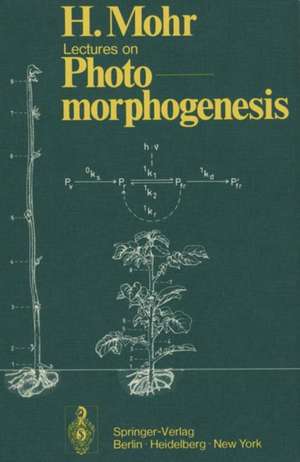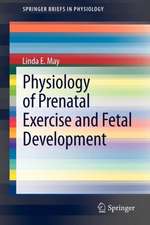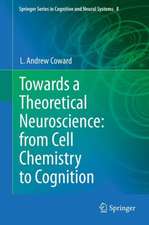Lectures on Photomorphogenesis
Autor Hans Mohren Limba Engleză Paperback – 3 noi 1972
Preț: 387.96 lei
Nou
Puncte Express: 582
Preț estimativ în valută:
74.25€ • 77.23$ • 61.29£
74.25€ • 77.23$ • 61.29£
Carte tipărită la comandă
Livrare economică 14-28 aprilie
Preluare comenzi: 021 569.72.76
Specificații
ISBN-13: 9783540058793
ISBN-10: 3540058796
Pagini: 256
Ilustrații: XII, 240 p. 10 illus.
Dimensiuni: 170 x 244 x 13 mm
Greutate: 0.41 kg
Editura: Springer Berlin, Heidelberg
Colecția Springer
Locul publicării:Berlin, Heidelberg, Germany
ISBN-10: 3540058796
Pagini: 256
Ilustrații: XII, 240 p. 10 illus.
Dimensiuni: 170 x 244 x 13 mm
Greutate: 0.41 kg
Editura: Springer Berlin, Heidelberg
Colecția Springer
Locul publicării:Berlin, Heidelberg, Germany
Public țintă
ResearchCuprins
1st Lecture: Phenomenology of Photomorphogenesis; the Goals of Photomorphogenic Research; the Operational Criteria for the Involvement of Phytochrome.- 2nd Lecture: Some Properties of Phytochrome.- 3rd Lecture: Intracellular Localization of Phytochrome.- 4th Lecture: Induction Experiments Versus Steady State Experiments; the Problem of the “High Irradiance Response” (HIR).- 5th Lecture: Phytochrome and the Diversity of Photoresponses; “Positive” and “Negative” Photoresponses; a Unifying Hypothesis.- 6th Lecture: Phytochrome-mediated Enzyme Induction.- 7th Lecture: Enzyme Repression, Mediated by Phytochrome through a Threshold Mechanism.- 8th Lecture: Phytochrome-mediated Modulation of Metabolic Steady States and of Photonastic Movements.- 9th Lecture: Control of Longitudinal Growth by Phytochrome.- 10th Lecture: Modulation of Hypocotyl Longitudinal Growth by Pfr (ground state) through a Threshold Mechanism.- 11th Lecture: The Problem of the Primary Reaction of Phytochrome.- 12th Lecture: Interaction between Phytochrome and Hormones.- 13th Lecture: The Double Function of Phytochrome in Mediating Anthocyanin and Enzyme Synthesis.- 14th Lecture: Repression of Lipoxygenase Synthesis by Pfr: The Problem of Primary and Secondary Differentiation.- 15th Lecture: Light-mediated Flavonoid Synthesis: A Biochemical Model System of Differentiation.- 16th Lecture: Control of Distinct Enzymes (PAL, AO) in Different Organs of a Plant (Mustard Seedling).- 17th Lecture: Energetics of Morphogenesis.- 18th Lecture: Control of Plastogenesis by Phytochrome.- 19th Lecture: Phytochrome and Flower Initiation.- 20th Lecture: Phytochrome and Seed Germination.- 21st Lecture: Examples of Blue-light-mediated Photomorphogenesis.- 22nd Lecture: The Problem of Phototropism.- 23rd Lecture:Genes and Environment.- 24th Lecture: Epilogue: Science and Responsibility.- Literature Cited.











